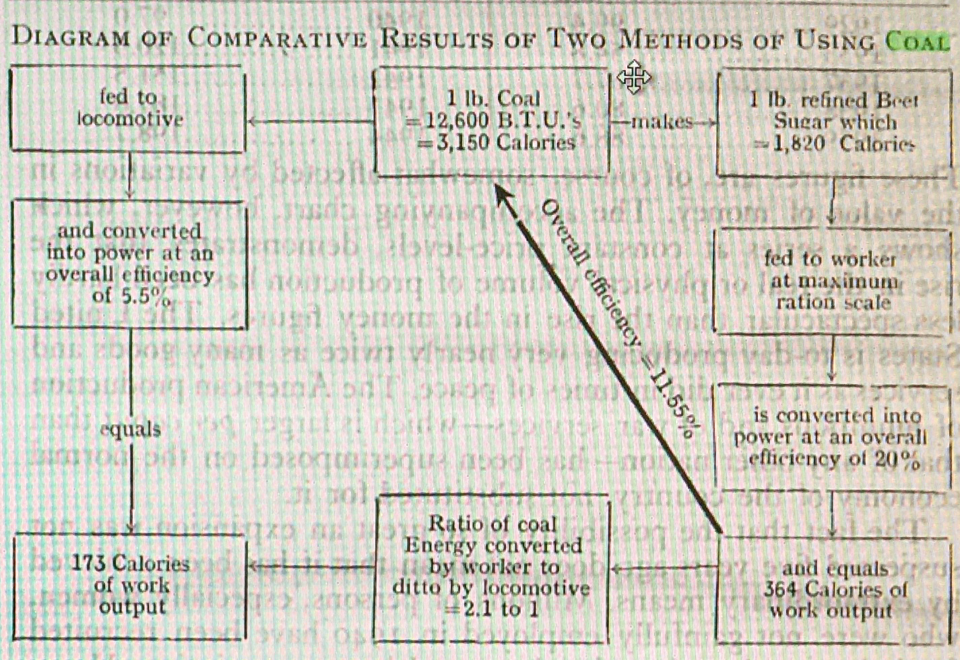Irish Distillers, itself owned by Pernod Ricard, recently bought Eight Degrees Brewing, a craft brewer in Ireland. That’s interesting for lots of reasons.
For a start, I’ve had a lot of enjoyment from the beers produced by Eight Degrees, which are delicious no matter what you’re listening to. They’re good beers, not fussy, and excellent drinking.
On the other hand, consolidation in the beer industry is proceeding apace, with big players swallowing craft brewers and putting out their own “craftwashed” beers at a premium, at least in the US. In many cases, the product has suffered, so there could be some cause for concern among Eight Degrees’ fans. To be honest, though, there isn’t much evidence of any concern.)
But … the reason given for the “multimillion-euro deal” is more interesting than a mere takeover.
The primary objective of the purchase of the brewer is to ensure a long-term beer supply to sustain the continued growth of Jameson Caskmates, a product introduced by Irish Distillers on a trial basis in 2014.
Caskmates, as I did not know, is a Jameson mark that ages whiskey in barrels first used by craft brewers. (I’m partial myself to a single malt aged in sherry barrels, but that’s by the by.) Caskmates is, apparently, very popular. And its previous supplier of used craft beer barrels, despite being owned by giant Molson-Coors, risked running out. By buying a much bigger but still craft brewer, the deal secures a supply of barrels in which Jameson can age their whiskey, which with luck means that Eight Degrees will have every incentive to produce tasty beer and plenty of used barrels.
I remain cautiously optimistic.


 Shortly after the end of World War 2 in Europe, one of the quintessential boffins who had worked on the war effort turned his attention to the most pressing problem of the peace: a shortage of coal and oil. But where others saw the problem as a lack of transport, Geoffrey Pyke, saw a much more fundamental problem; a lack of food. Food required transport, and there was no fuel to power the engines. Pyke came up with a solution. Use the chemical energy in food to fuel muscular engines.
Shortly after the end of World War 2 in Europe, one of the quintessential boffins who had worked on the war effort turned his attention to the most pressing problem of the peace: a shortage of coal and oil. But where others saw the problem as a lack of transport, Geoffrey Pyke, saw a much more fundamental problem; a lack of food. Food required transport, and there was no fuel to power the engines. Pyke came up with a solution. Use the chemical energy in food to fuel muscular engines.
